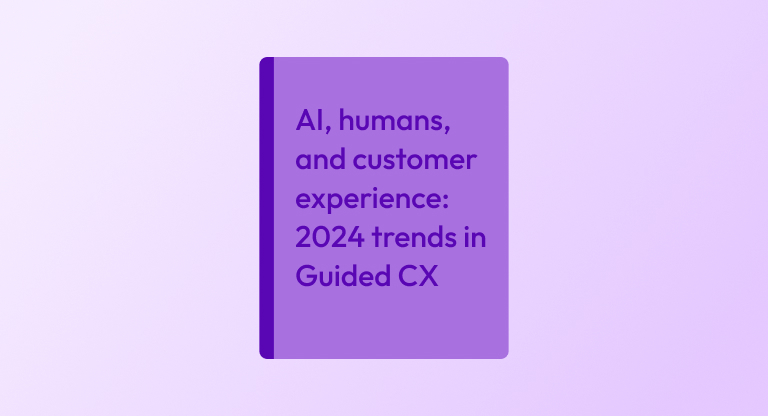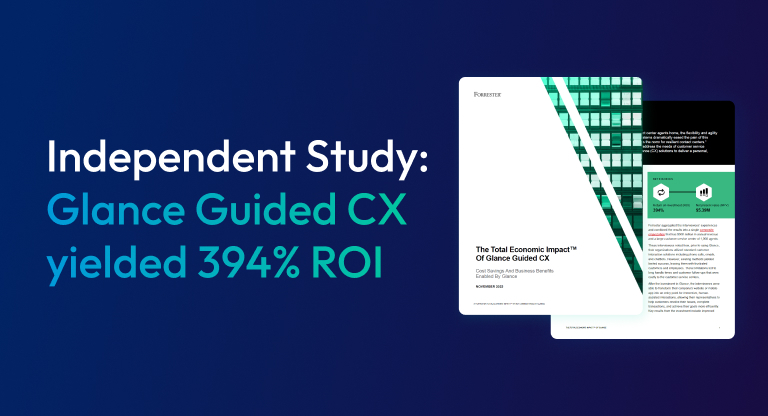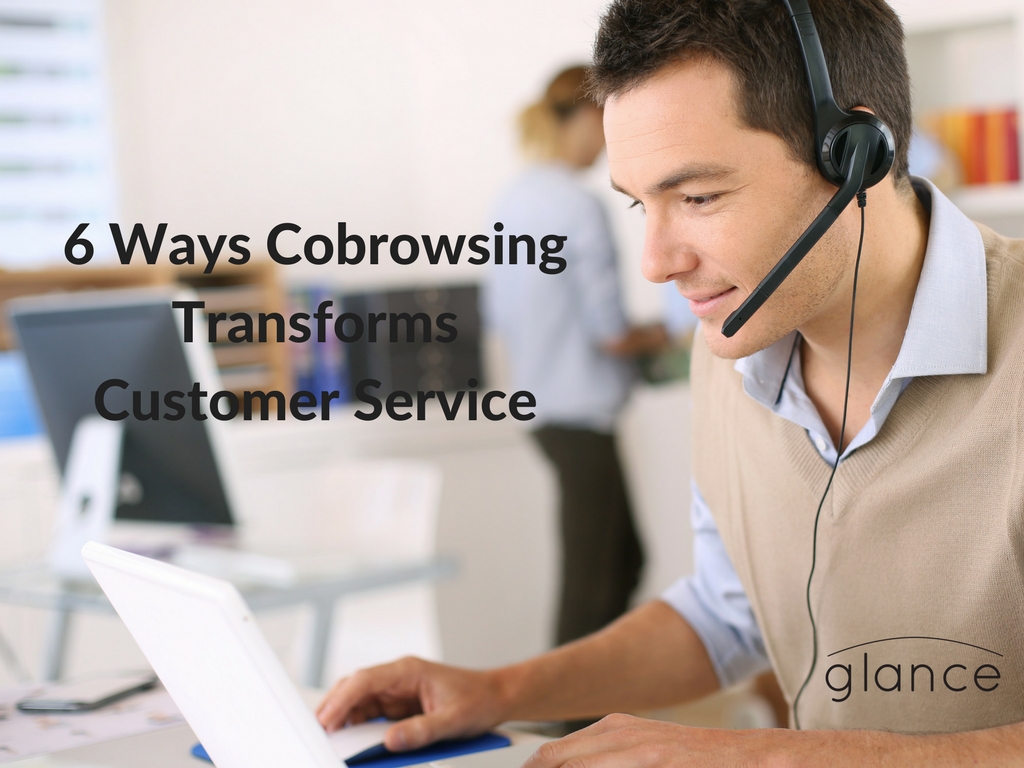It’s an immutable fact: no matter how incredible your product or service is – you’re going to have customers reaching out with issues.
Support requests come in for all kinds of reasons. Some issues may be more complex and take more time to resolve, some may be quick and easy … but there’s one guiding tenet that holds true across all matters of customer support: you don’t want to make someone reach out again for the same problem.
That’s why one of the most indicative measures of customer support quality is First Contact Resolution.
What does First Contact Resolution mean?
First Contact Resolution is a metric to determine how often your company is satisfying or addressing a customer’s issues the first time they reach out.
A high FCR rate isn’t necessarily about speed of resolution or quick interactions – it’s about how often you can completely solve their problem in a single engagement.
Why is First Contact Resolution important?
There are a few central reasons why FCR is considered one of the most important aspects of customer support.
For one, helping to completely solve an issue within a single engagement leads to increased customer satisfaction – which is what we’re all aiming for, right?
But it also accomplishes that rare feat of establishing a genuine relationship between the customer and your brand.
…Not so much so if the issue is recurring, drawn out or becomes a slog of callbacks.
Another reason FCR is important is because it can help surface additional questions that the customer has. If their initial problem is completely and smoothly squared away, it’s not uncommon to hear “Well, there was one more thing…” This can help prevent future calls and give you more complete and thorough feedback on your customer experience.
How do you measure First Contact Resolution?
The First Contact Resolution rate can be measured via this formula:
(# of customer inquiries that were resolved on the first call) / (# of unique customer calls) x 100 = FCR rate (%)
And again, this shouldn’t be conflated with longer-than-average handle time.
How can you improve First Contact Resolution rate?
Succeeding here starts with truly listening to what your customers are saying, no matter where they’re saying it, and applying the same First Contact Resolution goals across every channel.
Your customers are likely reaching out across an array of channels in different proportions – maybe the majority of people are tweeting instead of calling your support line, but it’s important to prioritize FCR evenly regardless of channel.
Also, one great step is to make sure it’s as easy as possible for customers to get in touch with your support team. If they have to navigate confusing menu flows and jump through hoops just to be able to speak with someone, they’re likely going to enter the call frustrated. That can lead the focus of the call to become occluded by the tough time they had trying to get in touch, and that increases the likelihood of needing additional calls to fully clear up their original issue.
It all really comes down to tracking and logging your customer support interactions, really bringing that data together to see where your customers are getting stuck, and working to improve those aspects of the customer journey.
Boosting FCR through visual engagement
Glance Guided CX shines when it comes to improving FCR rates through enriched customer interactions.
One big reason is the inclusion of visual engagement tools. Take video, for example – when your support agents are communicating virtually face to face, there’s more depth and meaning in the customer interaction. It just feels different.
Or say, co-browsing and screen sharing – being able to see exactly what the customer sees when they’ve run into an issue. For the agent, there’s no ambiguity about what the confusing element is, and the customers reaching out can be precisely guided.
And notably, with Guided CX, all the customer has to do is click a single button and within 5 seconds or less, they’re connected to an agent.
If it sounds pretty cool, that’s because it most definitely is. We’d love to show you exactly what Guided CX looks like in action. Book an easy-going 15-minute demo here.





